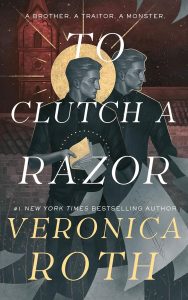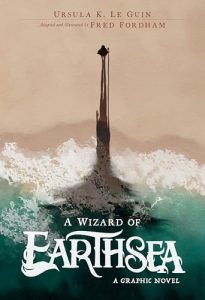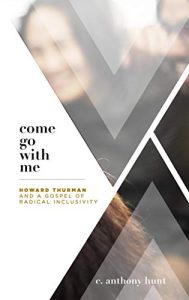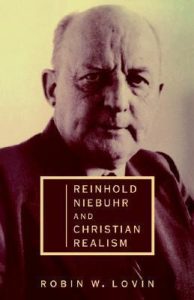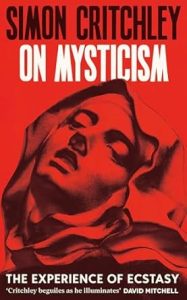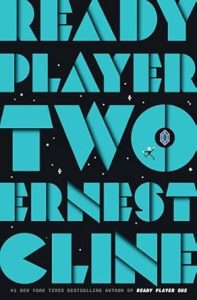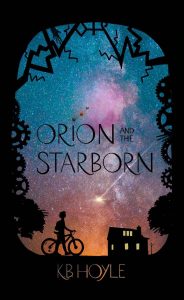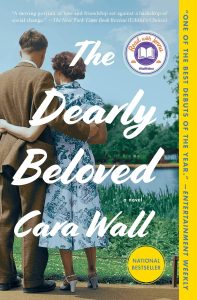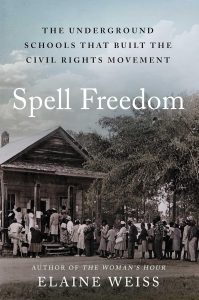 Summary: Tracing the story of “Freedom School” as one of the backbones of the Civil Rights movement.
Summary: Tracing the story of “Freedom School” as one of the backbones of the Civil Rights movement.
When I first heard about Spell Freedom, I thought it was a history of the Highlander Folk School. The Highlander Folk School played an important part in establishing the early freedom schools and eventually moved their teacher training program (and main Freedom school staff person, Septima Clark) to the SCLC. As is made clear in the book, the Highlander Folk School played an important behind the scenes role in the Civil Rights Movement. By the early 1950s, when Septima Clark attended her first training program, Highlander had been around for nearly 30 years. It was consciously integrated from early on, but its work shifted from labor organizing to civil rights organizing in the late 1940s. Clark quickly started leading training sessions and soon after, was forced out of her teaching job in Charleston SC because she was a member of the NAACP and in leadership of the local chapter.
The most likely reason that someone may know about Highlander Folk School is because Rosa Park attended one of Clark’s early training session in the summer of 1954, just before she prompted Montgomery Bus Boycott. Clark and Parks became life long friends. And it was not long after that Septima Clark first met Ella Baker. At the time Ella Baker was an organizer for the SCLC and their voting right program was floundering. The Nashville sit-in movement came to Highlander for training and Ella Baker used Highlander regularly as SNCC was developed. But about this time, the state of Tennessee was able to confiscate the property and shut down the Highlander Folk School, forcing it to move and reincorporate.
